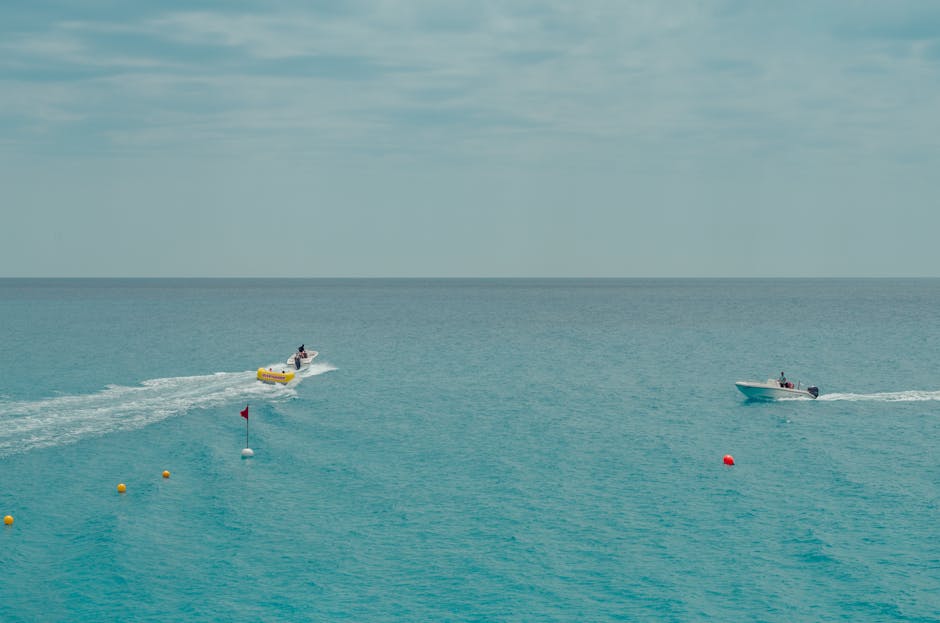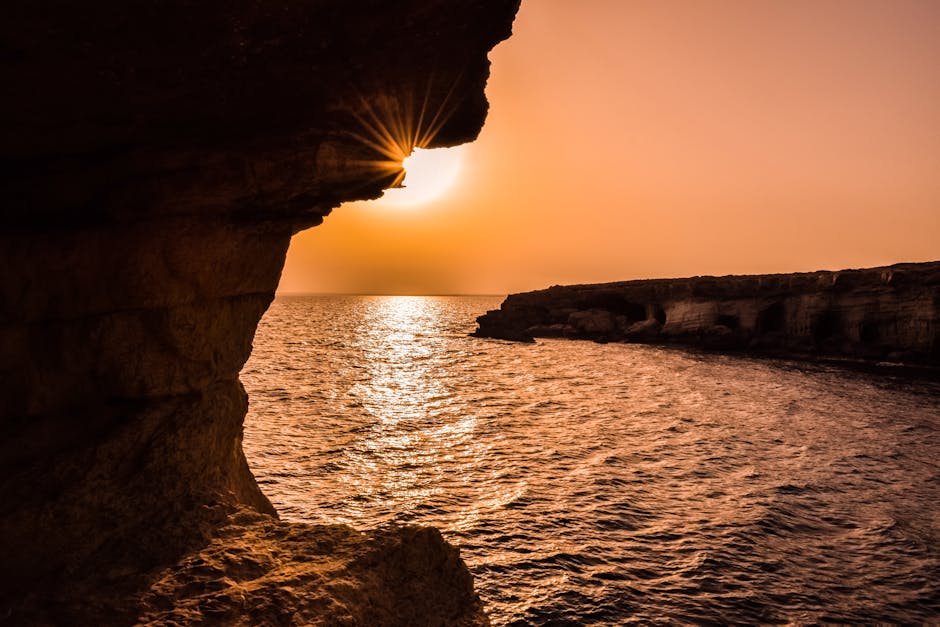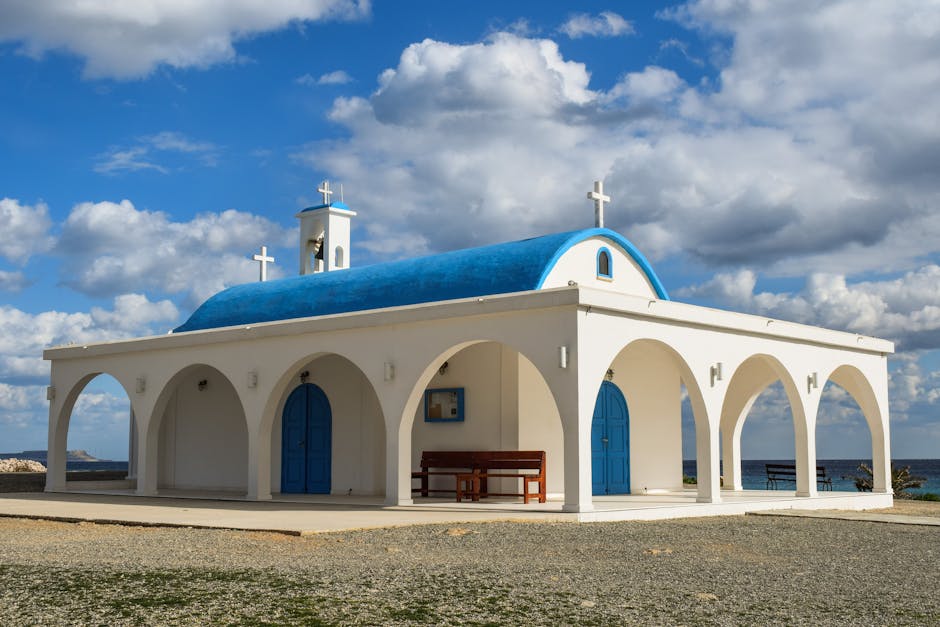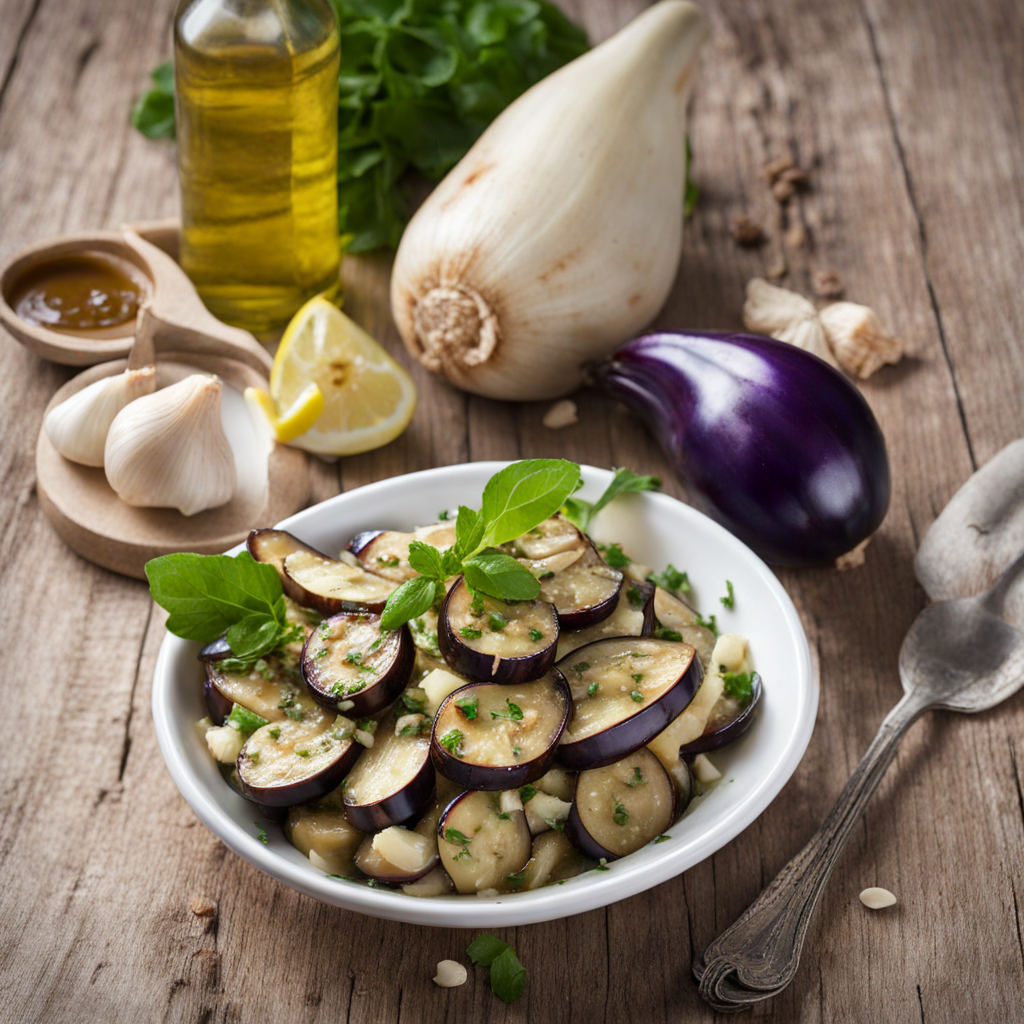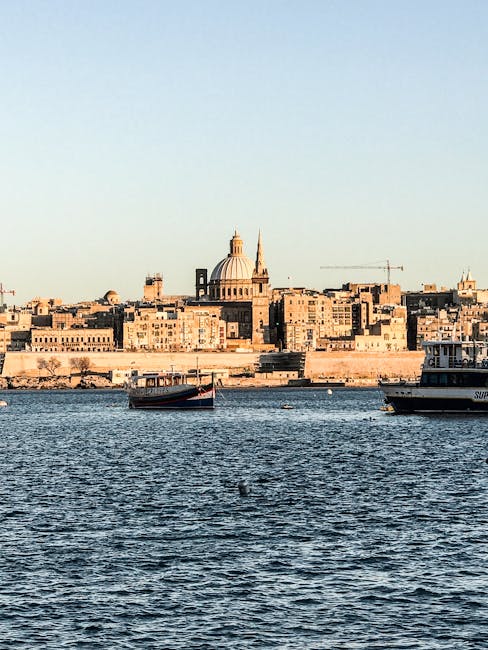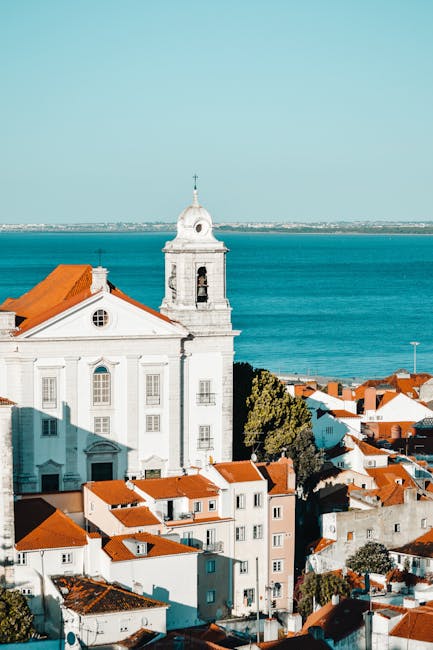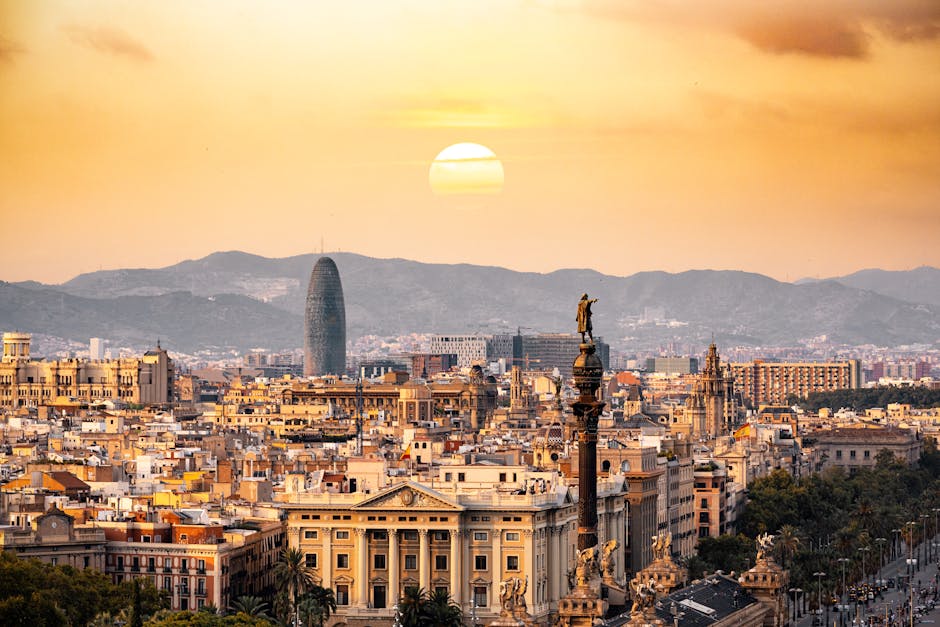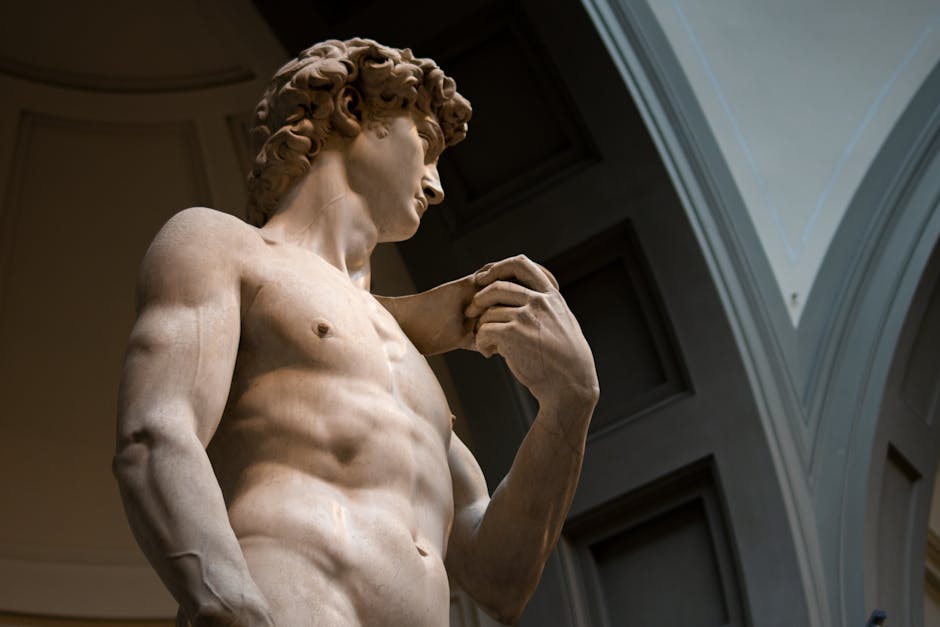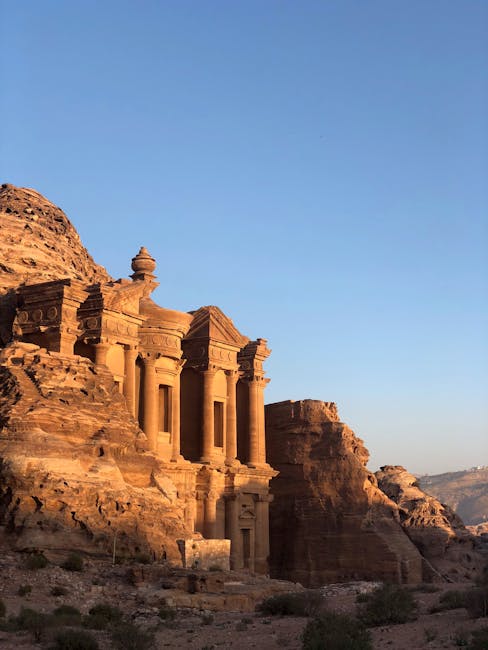Cyprus
Overview
Cyprus, an island country in the Eastern Mediterranean, is a paradise that offers a blend of modern cities, picturesque villages, ancient ruins, beautiful beaches, and majestic mountains. The country is known for its rich history and culture, dating back to the Roman times and even before, with influences from Greece, Turkey, and the Middle East. What makes it unique is its ability to blend these diverse cultures into a harmonious whole. The locals are known for their warm hospitality and love sharing their traditions and gastronomic delights, most notably Halloumi cheese and Meze platters, with visitors.
Cyprus mainly enjoys two tourist seasons - summer and winter. The high season, however, is typically during the summer months from May to October, when the weather is hot, sunny, and perfect for beach activities. The island's beautiful beaches are a haven for swimming, snorkeling, and sunbathing. During this period, you can also indulge in water sports, visit the fascinating archaeological sites like the Tomb of the Kings or the ancient city-kingdom of Kourion, or explore the vibrant nightlife in cities like Ayia Napa. The winter season, from December to February, is also attractive, particularly for those interested in skiing and other winter sports in the Troodos mountains.
Before traveling to Cyprus, it's essential to prepare a few things. First, ensure that your passport is valid for at least six months beyond your planned departure date. While Cyprus is part of the European Union, it's not part of the Schengen area, so check visa requirements for your specific country. It's also advisable to carry a European Health Insurance Card (EHIC) if you're from an EU country. Familiarize yourself with the local customs and etiquette; Cypriots appreciate politeness and good manners. Lastly, pack according to the season - lightweight clothing for summer, with a hat and sunblock for the beach, and warmer clothing for the winter, especially if you plan to visit the mountains. Don't forget to pack a good pair of walking shoes for sightseeing and exploring the stunning landscape Cyprus has to offer.
A Glimpse into the Past
Cyprus, the third-largest island in the Mediterranean, is a crossroads of civilizations with a rich and tumultuous history that attracts travelers from around the globe. Its location has made it a strategic asset throughout the ages, contributing to a culture that is a mosaic of influences from various empires, including the Greeks, Romans, Byzantines, and Ottomans.
Ancient Beginnings
The history of Cyprus dates back to the Neolithic period, around 10,000 BC, when the first settlers arrived. By the Bronze Age, the island became an important center for trade, particularly in copper, which was abundant in the region. The ancient city of Salamis became a significant hub during this time, and ruins of its amphitheater, gymnasium, and temples can still be seen today. Travelers can explore the fascinating history through archaeological sites, which speak to the island's early connections with other cultures, including the Minoans and Egyptians.
As the island advanced into the classical era, it came under Greek influence. The arrival of the Mycenaean Greeks around 1200 BC marked the beginning of a period where Greek culture dominated. The city-state of Kition is notable for its impressive ruins and ancient temples dedicated to Astarte. The spread of Hellenism made a lasting impact on the island's identity, evident in its language, religion, and cultural practices.
Roman Rule
In 58 BC, Cyprus fell under Roman control. The island flourished during this era, becoming a province of the Roman Empire. The city of Paphos, known for its stunning mosaics, was the capital and is now a UNESCO World Heritage site. Visitors can marvel at the intricate depictions of Greek mythology in the House of Dionysus, showcasing the artistic prowess of the time. Roman influence is also seen in the well-preserved ruins of Kourion, an ancient city with its amphitheater, baths, and private villas.
Following the Roman era, Cyprus experienced the Byzantine period, where it became a critical part of the Eastern Roman Empire. The island enjoyed a period of prosperity, evidenced by the churches and monasteries that dot the landscape. The Church of Saint Lazarus in Larnaca is a significant religious site, believed to be the burial place of Lazarus, who was resurrected by Jesus. This period also saw the construction of numerous fortifications, the remnants of which can be explored at sites like Kyrenia Castle.
The Crusades and Venetian Rule
The island’s history took a dramatic turn during the Crusades. In 1191, Richard the Lionheart captured Cyprus, and it was later sold to the Knights Templar before being handed over to Guy of Lusignan, the King of Jerusalem. The Lusignan dynasty ruled for over three centuries, during which Cyprus became a significant player in the Mediterranean trade and politics.
The Venetian Republic seized control in 1489, and they reinforced the island's defenses, building impressive fortifications like the Venetian walls of Nicosia and the Famagusta Fortress. The city of Famagusta, in particular, showcases a blend of Gothic architecture and Venetian design. Travelers can appreciate the rich history encapsulated in the crumbling walls and grand structures that tell tales of power struggles and sieges.
Ottoman Occupation
In 1571, Cyprus was conquered by the Ottomans, marking another significant chapter in the island's history. The Ottomans introduced new administrative systems and a multicultural society, which included a mix of Greek Christians, Turkish Muslims, and other ethnic groups. The legacy of this period is still visible today, particularly in the architecture of Nicosia, where one can find mosques like the Selimiye Mosque, originally a cathedral.
The Ottoman era brought both challenges and opportunities. While the population was subject to taxes and other regulations, the Ottomans also allowed religious freedoms, leading to the establishment of various communities. The island's agriculture thrived, thanks to the cultivation of crops like cotton and tobacco, which were essential exports.
The British Colonial Period
In 1878, Cyprus was leased to Britain, which formally annexed the island in 1914. The British rule significantly changed the social and political landscape of Cyprus. The colonial administration introduced English as the official language and modern infrastructure, including roads and schools. The city of Limassol became a bustling port and cultural center during this time.
However, British rule was met with resistance, particularly from the Greek Cypriots who sought union with Greece. The struggle for independence intensified, leading to the rise of the EOKA movement in the 1950s. The conflict culminated in independence in 1960, but tensions between the Greek and Turkish communities persisted.
The Division of Cyprus
In 1974, a coup d'état by Greek nationalists prompted Turkey to invade the northern part of the island, leading to its division into the Republic of Cyprus in the south and the Turkish Republic of Northern Cyprus in the north, recognized only by Turkey. This division has created a unique situation for travelers, as crossing from the south to the north is possible through designated checkpoints, allowing visitors to experience both cultures.
Today, the capital city of Nicosia remains the last divided capital in Europe. The Green Line, a buffer zone established by the United Nations, runs through the city, and visitors can explore both the southern and northern parts, each offering distinct historical narratives and cultural experiences.
Cultural Heritage and Modern Attractions
Cyprus boasts a rich tapestry of cultural heritage, with numerous festivals, traditions, and culinary delights that are worth exploring. The island is known for its hospitality, with local tavernas serving traditional dishes such as meze, a selection of small dishes reflecting the island's diverse flavors.
Travelers can enjoy the stunning natural landscapes, from the beaches of Ayia Napa to the rugged Troodos Mountains, where the picturesque village of Omodos invites visitors to explore its cobblestone streets and local wineries. The island is also home to beautiful churches and monasteries, such as the Kykkos Monastery, renowned for its stunning frescoes and rich history.
Cyprus’s complex history and diverse culture make it a unique destination for travelers. From ancient ruins to vibrant towns, the island offers a glimpse into the past while embracing the present. Whether you're wandering the streets of Famagusta, exploring the archaeological wonders of Kourion, or relaxing on the sun-kissed beaches, Cyprus promises an enriching experience that resonates with its storied legacy.
Top cities for tourists in Cyprus
Discover the Famous Cities That Might Captivate Your Interests
Must-Try Foods You Can't Afford to Miss
Indulge in a Variety of Fantastic Foods During Your Stay in Cyprus
May Be Your Next Destinations
People often choose these countries as their next destination



